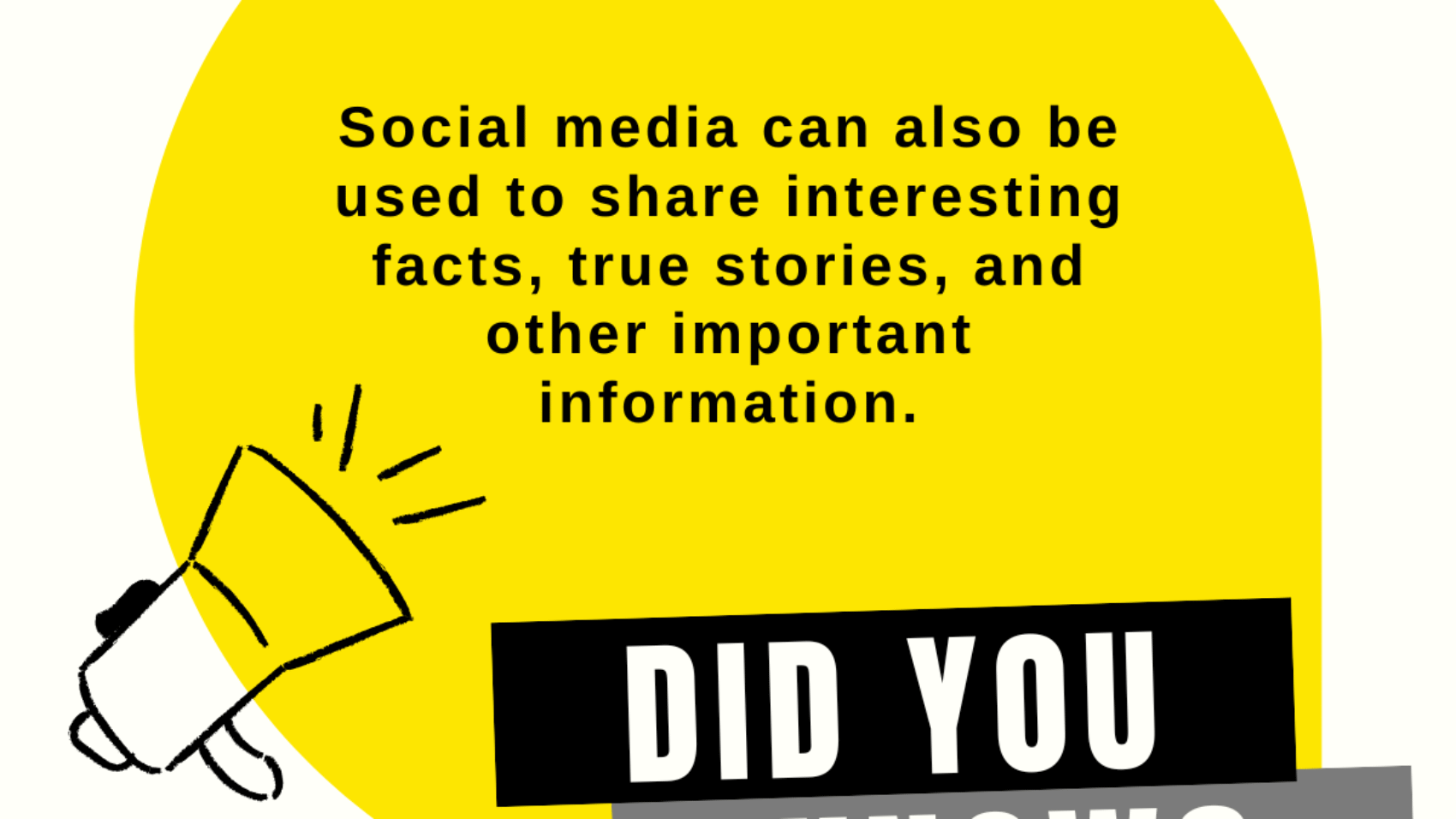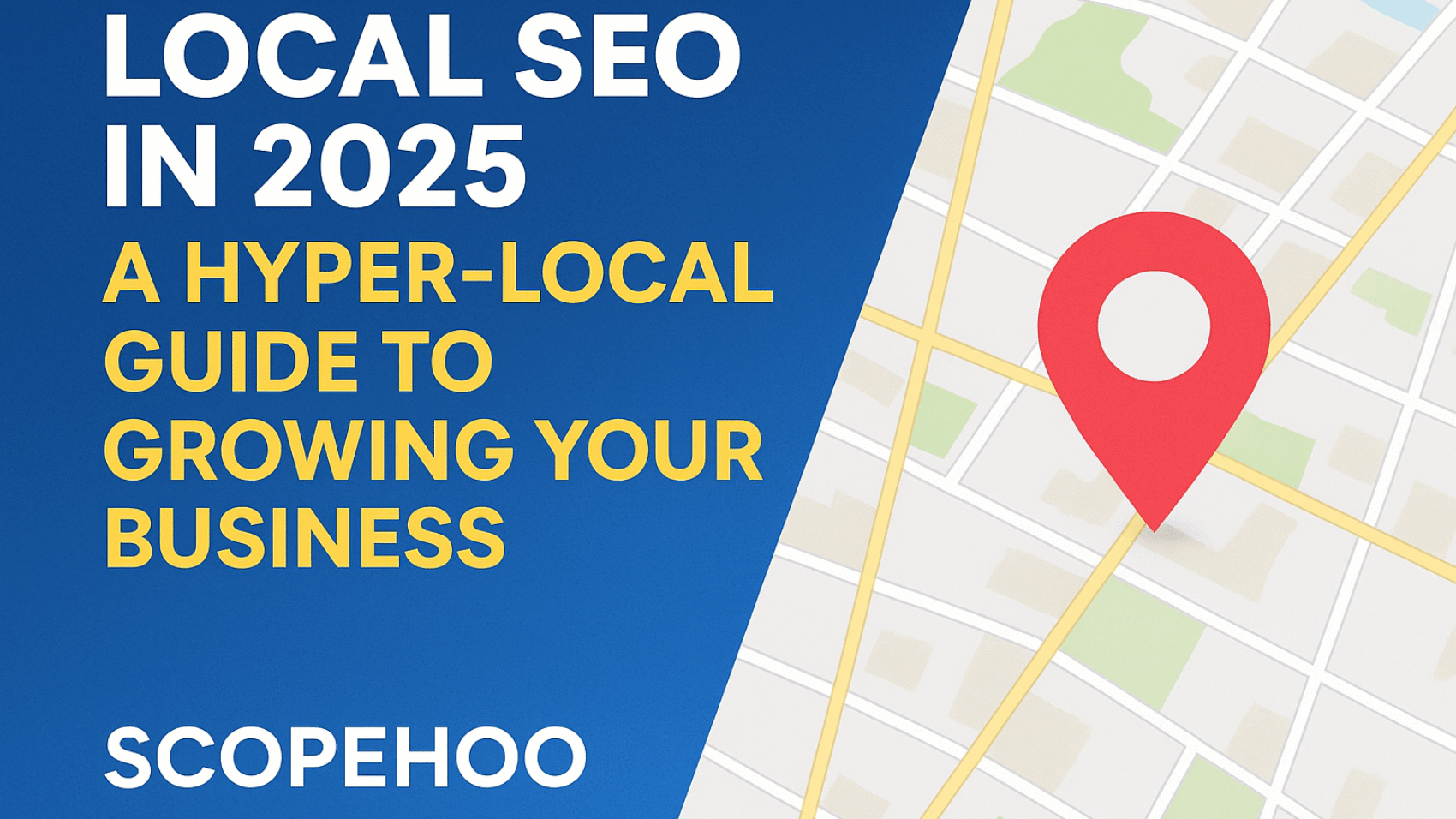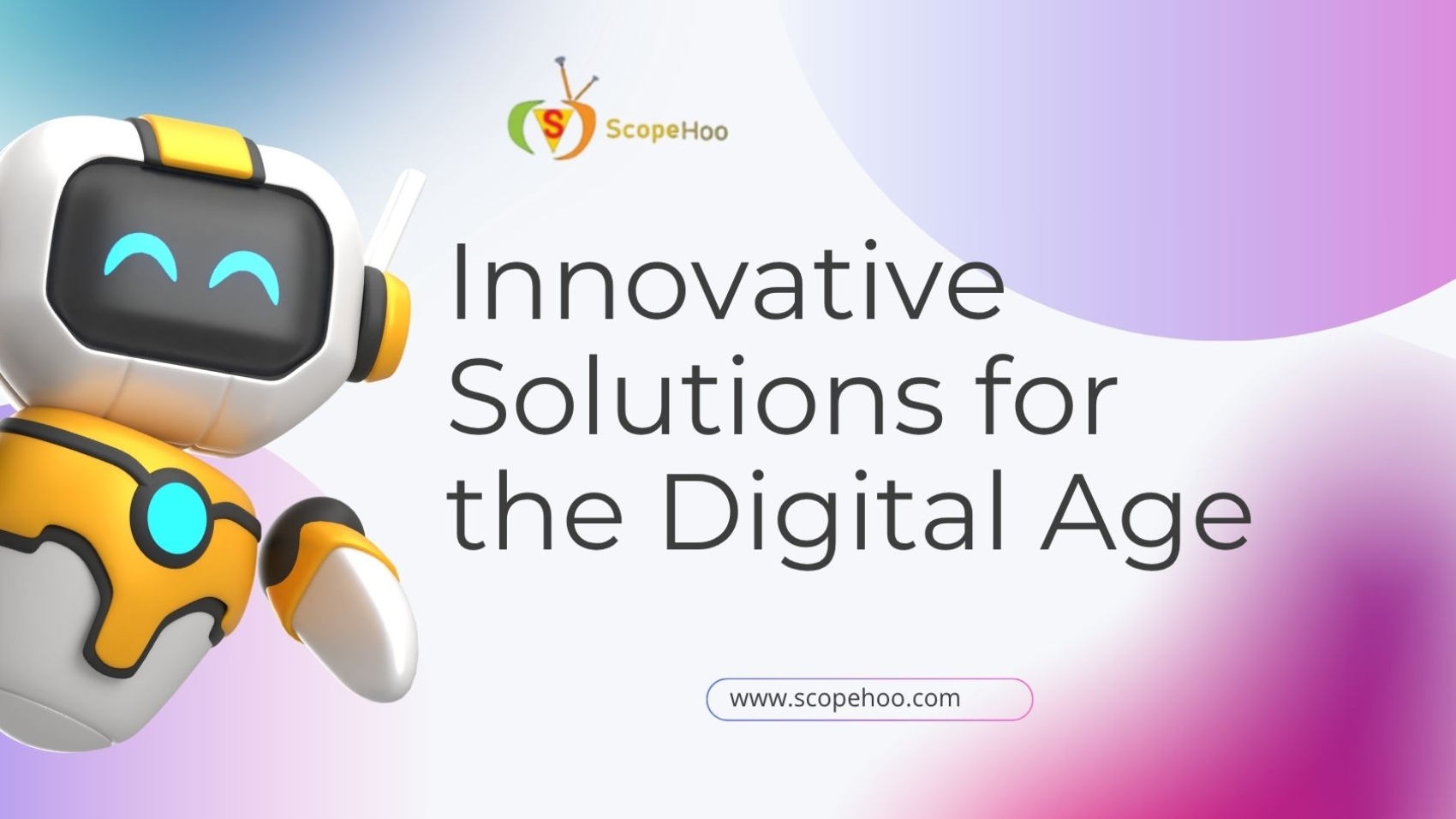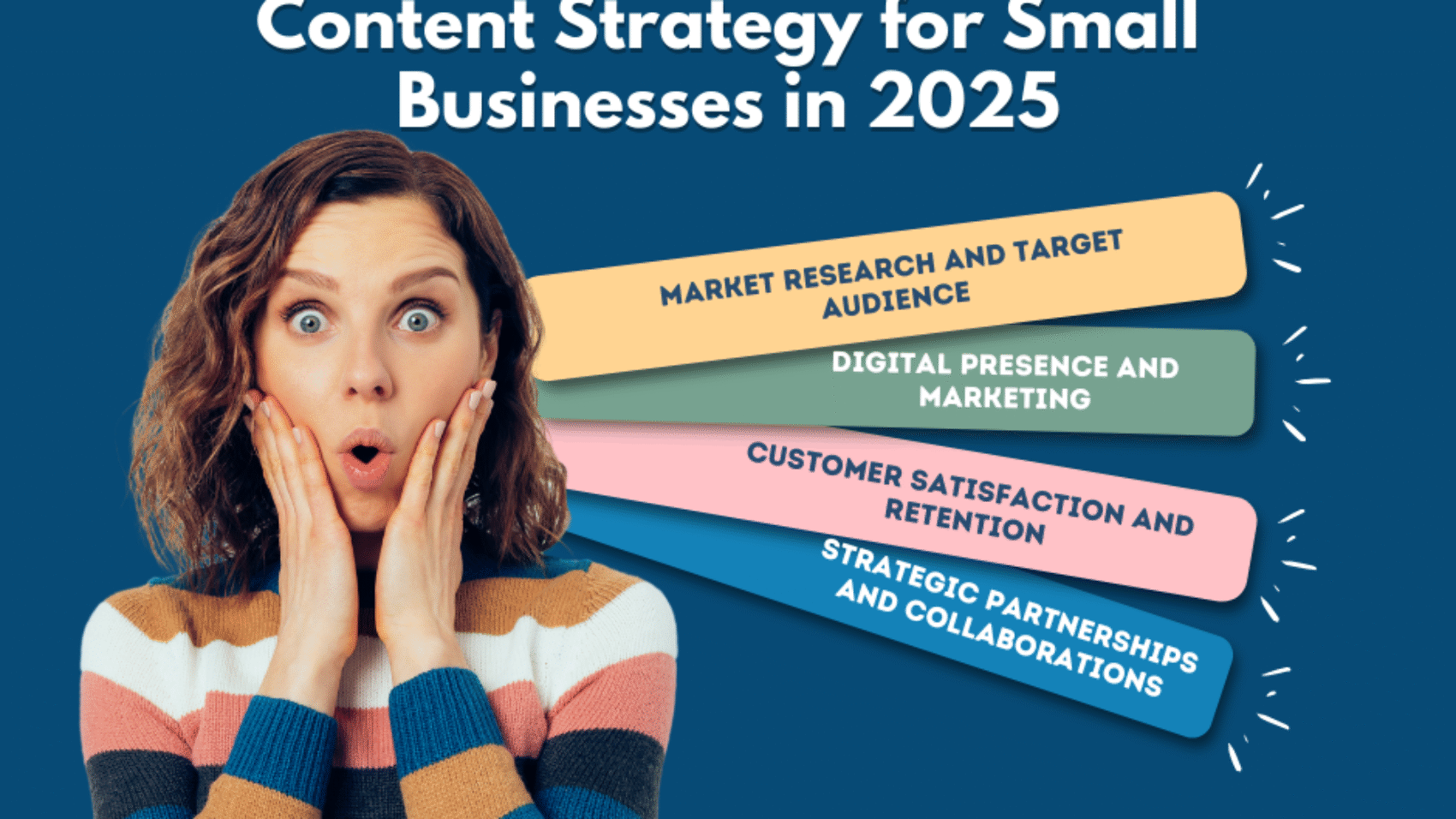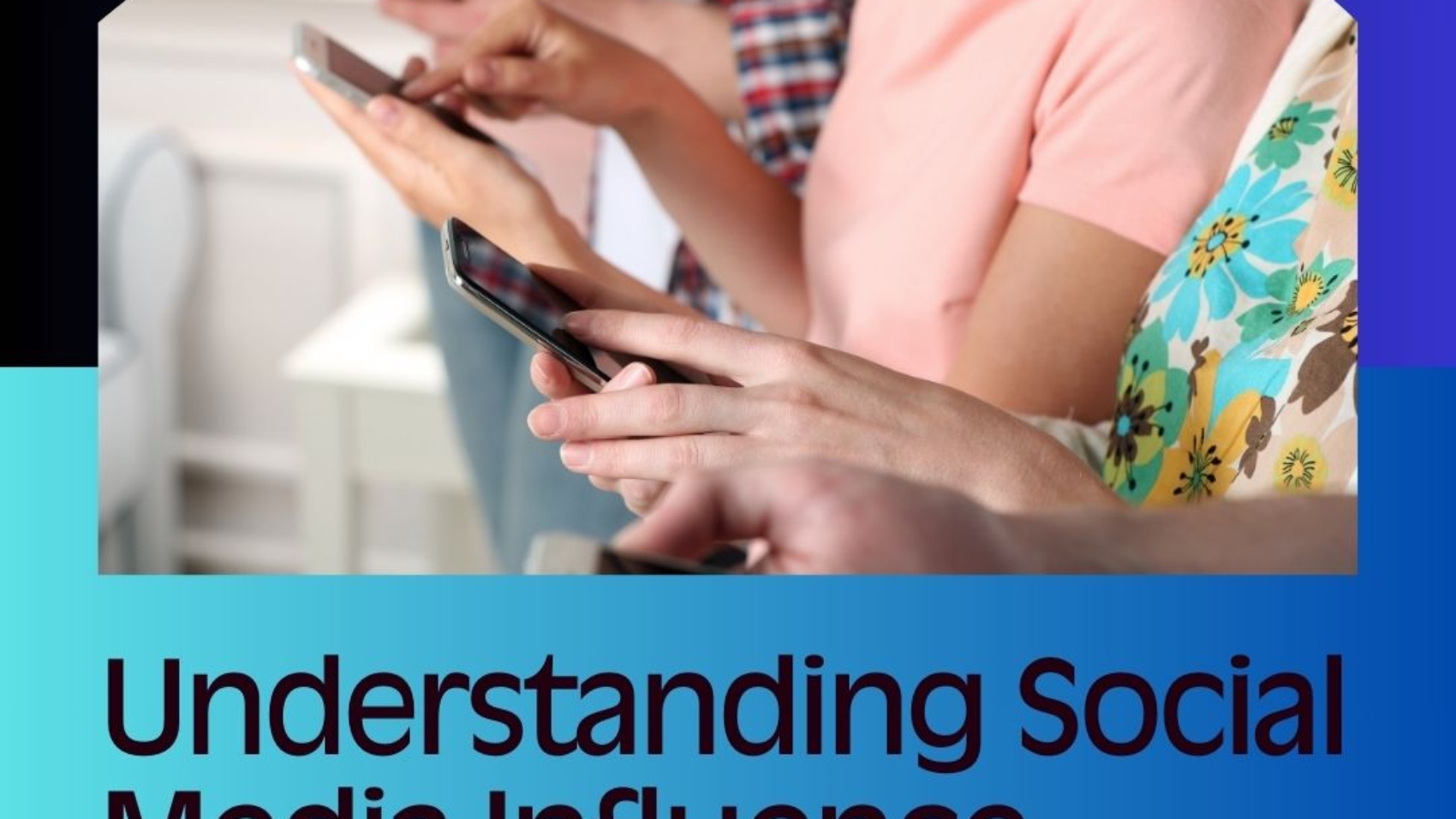Social media continues to evolve at a rapid pace, but one thing remains constant: brands need high engagement to stay visible, build communities, and drive conversions. As algorithms become more selective, only the most relevant and attention-grabbing content makes it to users’ feeds. Today, brands are focusing on formats that feel authentic, interactive, and value-driven. Understanding what types of posts work best can help businesses craft a winning content strategy and stay ahead of competitors.
In 2025, the engagement game is no longer about posting frequently. Instead, it is about posting smarter. Here is a detailed explanation of the social media post types that currently drive the highest engagement for brands across Instagram, Facebook, LinkedIn, X (Twitter), and other platforms.
Details Of the content
Short-Form Videos Continue to Dominate Engagement
Short-form videos have become the most powerful engagement tool for brands today. Platforms like Instagram Reels, TikTok, and YouTube Shorts reward these videos with massive reach, making them the fastest way to grow an audience organically. These videos are popular because they are fast, entertaining, and easy for users to consume on the go. Brands that use short-form videos to showcase behind-the-scenes content, quick tutorials, product highlights, and storytelling see significantly higher engagement rates. Viewers spend more time watching video content than static posts, which signals strong relevance to social media algorithms. This increased watch time results in higher visibility, making short-form videos a crucial element of modern content strategies.
Authentic, Unfiltered Content Drives Stronger Interaction
One of the biggest changes in brand marketing is the shift from polished, heavily edited posts to real, raw, and unfiltered content. Users value authenticity and want to see the human side of brands. This trend has given rise to formats like candid photos, spontaneous videos, and storytelling posts that feel personal and genuine. Brands that openly share challenges, behind-the-scenes moments, or employee experiences are building deeper emotional connections with their audience. Social media users reward relatable content with more comments, likes, and shares, allowing authenticity to outperform overly promotional posts.
User-Generated Content Builds Trust and Engagement
User-generated content, or UGC, continues to be one of the most effective ways for brands to drive engagement. When real customers share their experiences, it builds social proof and encourages others to engage. Brands often repost customer reviews, unboxing videos, testimonials, or photos using their products. This not only increases credibility but also motivates more followers to create their own content, creating a loop of continuous engagement. UGC also reduces content creation time for brands and performs significantly better than traditional advertisements. Audiences naturally trust content created by real people more than brand-led promotions.
Educational and Value-Driven Posts Keep Users Engaged Longer
Educational content has gained tremendous popularity because audiences want to learn something new with each scroll. Posts that explain how-to processes, offer expert tips, discuss trends, or share industry insights keep users engaged longer. Platforms like LinkedIn and Instagram reward educational content because it generates meaningful saves and shares. Many brands create carousel posts, mini-guides, and infographic-style visuals to explain concepts in an easy manner. These posts provide clear value and make users feel that following the brand helps them stay informed. As a result, educational content has become a powerful engagement strategy.
Relatable Memes and Trend-Driven Posts Boost Organic Reach
Memes have become a cultural language of their own, and brands that know how to use them appropriately experience a surge in engagement. Relatable, humorous content feels personal, which encourages users to comment, share, and tag friends. Trends move quickly across social media, and brands that jump on trending topics can instantly increase visibility. This type of content works particularly well for businesses targeting younger audiences. Memes allow brands to appear more human, approachable, and entertaining, which strengthens their connection with followers.
Interactive Posts Encourage Direct Audience Participation
Engagement increases significantly when brands create content that invites user participation. Interactive content such as question-based captions, poll stickers, quizzes, and comment-to-win contests encourages followers to share opinions or join discussions. Instagram and Facebook especially favor posts that generate real conversations. When users comment on a post, the algorithm views this as a high-value interaction and boosts visibility. Many brands ask their audience for preferences, feedback, or suggestions, which helps build a stronger community. Interactive content plays an essential role in driving two-way communication and increasing brand loyalty.
Behind-the-Scenes Stories Create Emotional Connection
Followers are curious about what happens behind the brand’s front-facing image. Behind-the-scenes stories show the people, effort, and process that go into products or services. These posts create transparency, which makes audiences feel more connected and involved. Brands that share glimpses of their work culture, team moments, product development, and event preparations see higher interest. These stories perform well because they create a sense of exclusivity and authenticity. Audiences enjoy seeing the real brand beyond curated marketing posts, and this openness leads to deeper engagement.
Influencer Collaborations Continue to Elevate Engagement
Influencer partnerships remain one of the strongest ways to amplify brand engagement. Influencers provide instant credibility and access to loyal followers who trust their recommendations. When influencers showcase a product or service in their own unique style, engagement increases naturally. Brands collaborate with micro-influencers, macro-influencers, and even nano-creators depending on their niche and goals. Influencer-led posts tend to receive more comments, shares, and conversation because they feel personal and relatable. This makes collaborations a valuable content type for engagement growth.
Final Thoughts
In today’s digital landscape, the types of social media posts that create the most engagement are those that feel authentic, valuable, and interactive. Short-form videos, raw behind-the-scenes content, user-generated posts, relatable meme formats, and influencer collaborations are shaping the engagement trends brands rely on. As algorithms increasingly prioritize content that sparks genuine connections, brands must focus on storytelling, creativity, and two-way communication. Engagement is no longer just a metric; it is the key to brand visibility, trust, and long-term loyalty.

